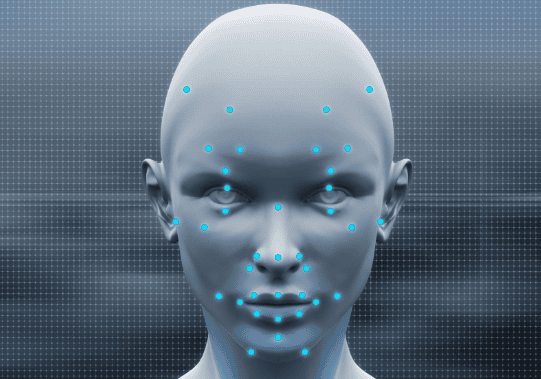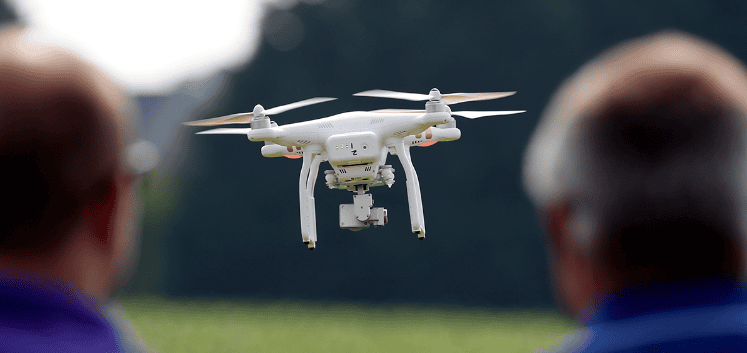
Expert in Camera Module Solution

Expert in Camera Module Solution

Facial Recognition Market is expected to garner $9.6 billion by 2022, registering a CAGR of 21.3% during the forecast period 2016-2022. Facial recognition is a biometric technology used for authentication and identification of individuals by comparing the facial features from an image with the stored facial database. It is expected to witness robust growth during the forecast period owing to its increasing usage in both law enforcement and non-law enforcement applications. Moreover, facial recognition is widely preferred over other biometric technologies, such as voice recognition, skin texture recognition, iris recognition, and fingerprint scanning, due to its non-contact process and easy deployment (using cameras and existing monitoring devices). Currently, this technology is majorly used for security and marketing purpose. For instance, billboards have been designed with integrated software that are used to identify gender, age, and ethnicity to deliver targeted advertising.
Segment Review
The facial recognition market is divided on the basis of technology, component, and application. The technology segment includes 2D, 3D, and facial analytics. Among the three, the 3D facial recognition technology segment holds significant share in the world facial recognition market owing to its high accuracy in terms of recognizing facial features as compared to 2D facial recognition. The component segment is bifurcated into hardware (scanners, cameras, handheld devices, integrated devices) and software. The application segment includes homeland security, criminal investigation, ID management, physical security, intelligent signage, web application, business intelligence, photo indexing & sorting, and others (VIP recognition, automotive and phone, PC & banking login).

World Facial Recognition Market Scenario
The facial recognition market holds a substantial scope for growth on the global horizon. The market, which is in its growth stage however, is expected to contribute significantly to the global market within the next 10 years. Facial recognition provides high-level security for public and private sectors. The significant increase in terrorist attacks on government organizations in recent years majorly drives the companies and governments to implement facial recognition biometric. Furthermore, increasing application in physical security and intelligent signage and technology advancements, such as cloud-based services and 3D-based recognition systems, increased the usage of facial recognition. However, increasing sensitivity toward shared personal data, lack of accuracy, and high implementation cost hinder the expansion of the market in certain regions. Technically advanced facial recognition systems with application in mobile security and drones are likely to create greater opportunities in the future.
Rising demand for surveillance systems for enhancing safety and security
The major driving factor of the market was the increasing demand for advanced security & surveillance systems in civil and government agencies to enhance safety and security. The number of data breach cases has increased exponentially from 400 to 600 breaches during the period of 2011 - 2015, owing to increasing generation of digital content and lack of data security laws. Burgeoning data breach cases and brute force attacks have increased the demand for advanced surveillance systems, which in turn has increased the demand for facial recognition solutions.
Increasing application in physical security and intelligent signage
The significant increase in incidence of terrorist attacks on government organizations and the commercial sector in the recent years drives the companies and governments to implement robust physical security strategies. Moreover, this technology is expected to witness high adoption in intelligent signage application on account of rising concerns of security and use of marketing strategies to analyze the customers based on their age, gender, and other facial attributes. Over a period, physical security and intelligent signage are expected to fuel the demand of facial recognition technology.
Technology advancements such as cloud-based services and 3D-based recognition systems
Technological advancements are likely to reduce the prices of facial recognition systems in the future. Software development kit (SDK) has improved the accuracy in terms of recognizing facial features. Therefore, the improved quality of products enhances awareness amongst users, which in turn is expected to increase adoption of facial recognition biometrics in the future.
Lack of accuracy and high implementation cost of facial recognition technology
Currently, high implementation cost and low accuracy negatively affect the growth of the market. Costs such as maintenance and middleware costs also contribute to the implementation cost. However, few manufacturers, such as FaceFirst, Inc., have started using efficient algorithms, such as PCA, FFT, to improve accuracy and reduce the cost of facial recognition technology. Therefore, with the development in technology, lack of accuracy and high implementation cost of facial recognition technology are likely to reduce their impact during the forecast period.
Increasing application in mobile security and drones
Increasing demand of facial recognition in smart devices, such as smartphones, laptops, tablets, and personal digital assistants, which are used for both personal and business purpose, presents various growth opportunities for the facial recognition market. Moreover, burgeoning number of drones in various commercial sectors, such as media & entertainment, inspection, and surveying, contribute to the demand of facial recognition. For instance, as per the Federation Aviation Administrator (FAA), around 30,000 drones are expected to be introduced by 2020. Therefore, these factors are expected to provide immense opportunity for the growth of facial recognition technology.
